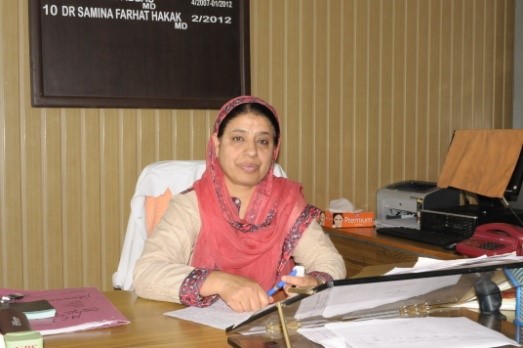 It is my privilege to introduce the Postgraduate Department of Pharmacology, which has came into existence since the establishment of Government Medical College Srinagar in year 1959. The Department has the honor of producing many postgraduates who turned out to be the stalwarts of the medical fraternity.
It is my privilege to introduce the Postgraduate Department of Pharmacology, which has came into existence since the establishment of Government Medical College Srinagar in year 1959. The Department has the honor of producing many postgraduates who turned out to be the stalwarts of the medical fraternity.
read more